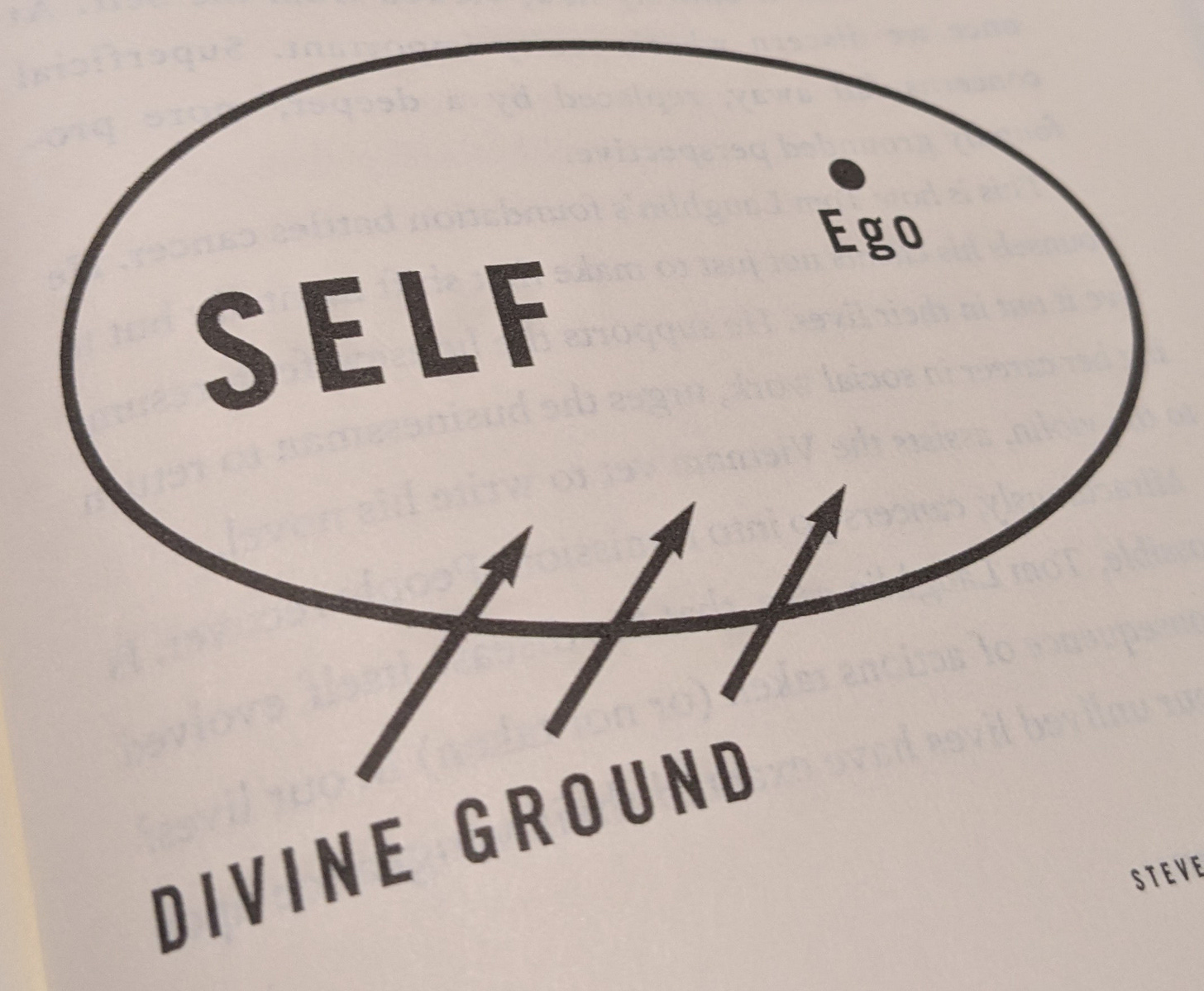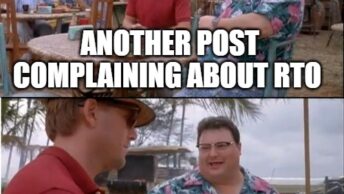Kendrick Lamar’s album GNX features a song titled Reincarnated.
The song lyrics sent me to my bookcase, where I found Steven Pressfield’s excellent book “The War of Art: Break Through the Blocks and Win Your Inner Creative Battles.”
To understand where I am going with this, you must read The War of Art. The book is exceptional, and it only takes an afternoon to finish.
Then listen to Reincarnated:
With those two tasks completed, start GNX from the beginning, then backtrack and listen to Kendrick Lamar’s discography wherever you listen to music.
Lastly, the timing of this article and the fact that Kendrick Lamar will have been headlining the Super Bowl LIX halftime show is entirely coincidental.
Now, continue forth.
The Journey of Artist Evolution
In Reincarnated, Kendrick Lamar embodies past versions of himself. Each musician succumbs to a form of “resistance,” as detailed in Steven Pressfield’s The War of Art.
Pressfield details many types of resistance that a person will face, but a few stand out: the artist’s code, the muse, hierarchy and territory, the ego, the true self, and evolution, to name a few.
As Kendrick writes in the opening of the song, “I got this fire burnin’ in me from within / Concentrated thoughts on who I used to be, I’m sheddin’ skin / Every day, a new version of me, a third of me demented, cemented in pain / Body after body, lesson after lesson.”
If you listen to his discography, you will note two things.
- Kendrick is a masterful storyteller.
- As an artist, he undergoes tremendous growth in production quality and comes to terms with his past, his views on others, and what he wants to become.
GNX feels like a culmination of more than a decade’s work, the arduous process of self-discovery, and the painful lessons learned through repeated cycles of creation, destruction, and rebirth.
Through these literal and figurative reincarnations, Kendrick confronts what it means to be an artist and those conflicts that inspire his music and threaten to derail him off the path he is meant to follow.
First Incarnation: Back to 1947
The first verse of Reincarnated introduces a musician who lives in 1947 Michigan. His father kicks him “out the house ’cause I wouldn’t listen to him.” Now on his own, he finds his way through a life of success but also downfall. “Gifted…Head of rhythm and blues” who “Died with my money,” his “Gluttony…Too attractive.”
Users on Genius and Reddit both suggest that Kendrick is describing John Lee Hooker, a successful guitarist who lived a prosperous life but indulged in personal vanity and commercialism and failed to give back when he received so much in excess.
The War of Art both accepts and cautions against the trapping of success. Success itself is not a problem. Pressfield clearly states that an artist who sticks to their conviction will be rewarded for their hard work, even if it is delayed.
However, Pressfield also argues that true artistry transcends mere achievement. The artist must adhere to an “Artist’s Code.” This code underscores that success is not the destination but a byproduct of continuous self-transformation. This self-transformation is fueled by the muse.
Pressfield describes the muse as a source of inspiration and creative power from beyond the individual. But the artist is not the muse. They merely channel it out into the world. To shirk the artist’s code and to give into earthly vanity is itself a negative thing and is what it means to become a “Hack.”
The musician described here could be seen as a hack for having manipulated power, lying to people, and dying without giving back to the world.
According to Pressfield, the hack prioritizes market demands over inner truth, fearing to create from the heart for fear it will not sell. While hacks may succeed financially, they betray their art, effectively selling out their most authentic selves.
The human tendency towards hierarchy further complicates this struggle. Pressfield argues that we naturally seek our place in the pecking order, a tendency marketing exploits by selling status. This drives even successful artists to self-aggrandizement, fueling competition and the desire to dominate the hierarchy. Wehn the artist is fixated on climbing the ladder, seeking satisfaction in being above others, wielding influence, and dictating speech and thought, they hurt themselves and the world around them.
Ultimately, this first incarnation poses the central question of: Who do we serve?
The hierarchy (markets) of status and fleeting fame, or the muse and its wellspring of creativity and transforamtion.
Second Incarnation: a Black woman in the Chitlin’ Circuit
Kendrick’s second incarnation is as a Black woman he describes as being on the Chitlin’ Circuit, a venue for black performers during the Jim Crow era. In this incarnation, the woman processes an “angelic” voice that moves crowds to tears.
However, this talent is tragically undermined by heroin addiction, leaving her “restricted” and turning against her family.
Reddit and Genius speculate this persona is inspired by Dinah Washington or Billie Holiday, iconic singers who struggled with similar demons. The verse contrasts the power of an artist’s gift with the self-destructive nature of addiction and betrayal of their support system.
This descent into addiction and isolation echoes Pressfield’s push for artists to surround themselves with supportive people. Negative influences are often rooted in hierarchical thinking.
When around hierarchical people, success can trigger envy, creating obstacles for the artist. Those people may offer drugs, vanity, or even career advice that is meant to take something from them, potentially destroying them on the way down.
The true artist, however, is territorial. The territorial artist focuses on self-improvement, carving out their unique niche and working tirelessly within it. They also seek supportive relationships because they recognize this supports their growth.
This verse also explores ego.

Pressfield described the “self” as containing our full potential and the driving force behind artistic growth. The “ego” is a smaller but powerful part of us focused on self-preservation. The ego’s influence diminishes as we pursue self and transform into better versions of ourselves.
In this second incarnation, as in the first, the artist possesses immense talent and potential. However, the ego, concerned only with immediate gratification, sabotages this potential. It resists change and growth, clinging to destructive patterns in the moment.
The ego leads the artist astray of rational thinking and the long-term consequences of these actions, even if it means death – the ego needs to bring everyone else down with it.
Present Incarnation: Kendrick Lamar
The final incarnation is Kendrick Lamar.
This verse reveals a shift in perspective from past lives to his present self. Here, he also has a conversion with Father, who is first mentioned as having kicked the musician out of his house during the first incarnation.
On Genius and Reddit, users suggest the Father is the God of the Christian faith, with Kendrick revealed as the angel Lucifer. The house that Lucifer (Kendrick) was kicked from was Heaven, which follows events that some biblical interpretations of Ezekial 28 and Isaiah 14 suggest took place.
Being kicked out of Heaven was a source of resentment that Kendrick, through these lives, has now forgiven. This act of forgiveness suggests a move towards self-awareness and understanding, acknowledging the “way I was livin'” was not right – the Father later tells Lucifer that he fell from heaven for “being anxious,” he “didn’t like authority,” and “only searched to be heinous.”
Father then reveals that he was not kicked out, rather he sent Lucifer to earth “‘cause you was broken” and that it was done out of love to help rehabilitate him. Lucifer was the Father’s “greatest music director, ” creating “harmony and motion.”
During this moment of reconciliation, Lucifer asks Father, “Did I get it right?”
Father challenges Lucifer to prove himself.
Lucifer describes how, in his present state, he has learned from prior mistakes. Now, he performs charitable works, avoids “the vultures,” controls his ego, and exercises control of his wealth.
This self-reflection is important in The War of Art. Pressfield argues that the human drive for art stems from a natural desire for evolution, a yearning for a higher state of consciousness.
This journey involves recognizing and shedding what holds us back: vanity, destructive habits, and unsupportive relationships.
When consumed by ego, the artist exists in self-hatred, a destructive force that inevitably harms others.
The harm to others is later stated bluntly by Father, “Every individual is only a version of you. How can they forgive when there’s no forgiveness in your heart?”
Here, Father seems to question the nature of forgiveness when it hasn’t been extended within. Lucifer declares his intention to use “words for inspiration,” promising to dedicate his gifts to “bring understanding.”
This commitment to using any artist’s pursuit of positive change underscores Pressfield’s idea that success takes many forms. It’s not about limitless choices or becoming anything we want but recognizing our inherent calling from birth.
Our task is to spend a lifetime honing our talents and contributing to the greater good. This pursuit requires unwavering dedication, free from the distractions of resistance. We are part of a larger whole, and our contributions, however small, can create positive change within society.
It is important to recognize that failure is inherent in this process. We often romanticize the artist’s life, but the reality is a grueling struggle, demanding years of work and exploration across different creative phases before finding one’s true calling.
This begs the question: How do we recognize when we’ve reached that point? Lucifer’s journey through past lives suggests that self-awareness, forgiveness, and the shedding of ego are crucial indicators on the path of true artistry.
Your path will be different than mine or anyone else’s. Some more difficult, some easier, some more prosperous.
Future Incarnation: It Is All a Cycle, Man
Kendrick’s closing lyrics speak of a journey at its end, leading into an unknown but likely successful future. His declaration, “I’m using words for inspiration as an idea,” speaks of art as a transformative force.
Father then asks, “So, can you promise you won’t take your gifts for granted?” This question echoes the core principle in The War of Art, which states that you have a path to follow and that it is yours to lose.
Lucifer’s vow, “I promise that I’ll use my gifts to bring understanding,” demonstrates a commitment to the artist’s code and overcoming resistance in all forms.
In the song’s closing, Lucifer declares, “Rejoice where we are,” acknowledging the journey and celebrating the potential for growth and understanding.
With this new perspective and knowledge, Kendrick acknowledges this is one of many more stepping stones to follow.
That is the cyclical nature of artistic development.
Resistance does not stop coming.
What remains constant is that artistic gifts should not be wasted and used to create positive change.



